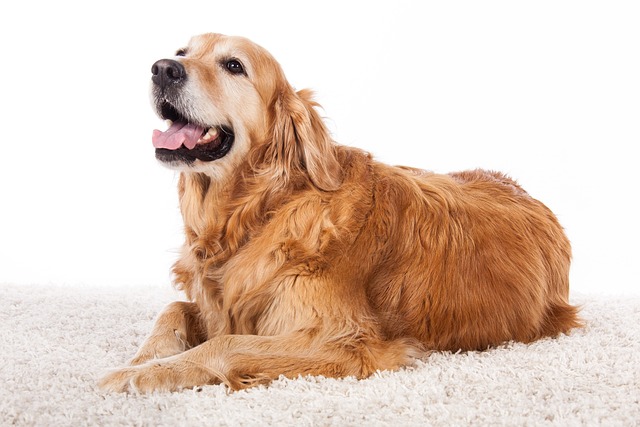
How can I tell if my dog's heatstroke is serious
Let’s be real: It’s a sticky August morning in Los Angeles, and you took your 2-year-old Golden Retriever, Max, for a walk a little later than usual
Dandruff in dogs often shows up as those tiny white flakes clinging to their fur, but it’s more than just a cosmetic issue—it can signal dry skin, irritation, or even underlying health concerns. Tackling it naturally starts with looking at what goes into their bowls. Many pet owners find that adding a small amount of omega-3 rich foods, like sardines or flaxseed oil, to their dog’s regular meals helps nourish the skin from the inside out, reducing flakiness over time. Just be sure any supplements you use are safe for canine consumption and meet local guidelines for pet nutrition—some ingredients that seem harmless might not align with regional regulations on animal feed.
Grooming plays a big role too, but skip the harsh shampoos. A gentle rinse with diluted apple cider vinegar (mixed with water, never straight) can help balance your dog’s skin pH levels, which often gets thrown off when dandruff flares up. Massage it into their coat once a week, then rinse thoroughly—this simple step can make a noticeable difference. Brushing your dog regularly with a soft bristle brush also helps remove dead skin cells before they turn into visible dandruff, while distributing their skin’s natural oils evenly across their fur. It’s a good habit that doubles as bonding time, but always go easy to avoid irritating sensitive skin.
 The air in your home matters more than you might think. Dry indoor air, especially during winter months when heaters run nonstop, can sap moisture from your dog’s skin, making dandruff worse. Using a humidifier in rooms where your dog spends most of their time adds much-needed moisture to the air, creating a more skin-friendly environment. Just remember to keep the humidifier clean to prevent mold, which could cause other issues for both you and your pet.
The air in your home matters more than you might think. Dry indoor air, especially during winter months when heaters run nonstop, can sap moisture from your dog’s skin, making dandruff worse. Using a humidifier in rooms where your dog spends most of their time adds much-needed moisture to the air, creating a more skin-friendly environment. Just remember to keep the humidifier clean to prevent mold, which could cause other issues for both you and your pet.
When it comes to topical treatments, coconut oil is a popular natural choice. A small amount, warmed between your hands to turn it liquid, can be massaged into your dog’s skin—focusing on areas with more flakes—then left on for 10 minutes before wiping away excess. It’s moisturizing without being heavy, but start with a tiny spot test first to make sure your dog doesn’t have a reaction. As with any new product, check that it’s approved for use on pets in your area to stay on the right side of local rules.
If dandruff persists despite these steps, it’s worth paying attention to other signs. Redness, itching, or a bad smell could mean something more serious, like a skin infection or allergy. In that case, a trip to the vet is the best move—they can rule out underlying issues and suggest treatments that work with, not against, your natural care routine. Always make sure any advice you follow aligns with local laws regarding pet health and treatment to keep both you and your dog protected.
Watching those flakes fade away takes patience, but the payoff is a happier, more comfortable dog with a shiny, healthy coat. By combining simple dietary tweaks, gentle grooming, and a little environmental care, you can tackle dandruff naturally—all while keeping their well-being, and local guidelines, in mind.

Let’s be real: It’s a sticky August morning in Los Angeles, and you took your 2-year-old Golden Retriever, Max, for a walk a little later than usual

You're enjoying a summer afternoon at the park when you notice your dog has stopped panting and appears disoriented - their gums are bright red

Let’s paint the picture: You’re in your Denver apartment, watching your 4-year-old Boston Terrier, Ruby, plop down mid-play session with her favorite toy

Many dog owners notice their pets nails seem shorter after regular walks,but how much does this daily activity actually help?The answer depends on where you walk—concrete sidewalks or asphalt streets gently file nails as a dog's paws hit the ground

Most dog owners notice their pup scooting across the carpet at some point, but few connect it to impacted anal glands. These small sacs near a dog’s rectum secrete a scent for marking territory

Most vets agree that regular dog teeth cleaning is key to avoiding painful dental issues later. For healthy adult dogs, a professional cleaning at the vet’s office every 12 to 18 months usually works well.